Gluten Free Blueberry Pancakes.
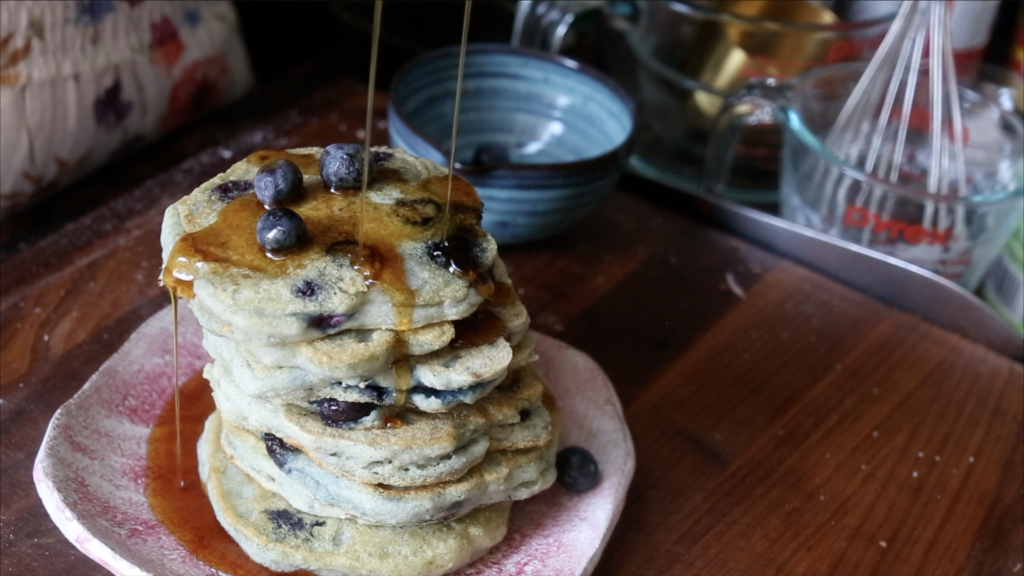
A little while ago, my husband thought he was gluten intolerant. Accordingly, our little household was launched into gluten freedom for about 3 months (after which he realized he was NOT gluten intolerant). It was an interesting time and although I was quite resentful about it at first (many traditional Korean ingredients are fermented with wheat flour), it afforded me the opportunity to learn a thing or two about gluten free cooking. Moreover, it introduced me to a panoply of gluten free ingredients, including gluten free soy sauces and gochujang!
Thus, even though we are no longer a gluten free household, I’m very appreciative of what I learned during those months. Now, I can easily accommodate gluten-intolerant guests and friends, which is just one of the reasons that I love these gluten free blueberry pancakes.
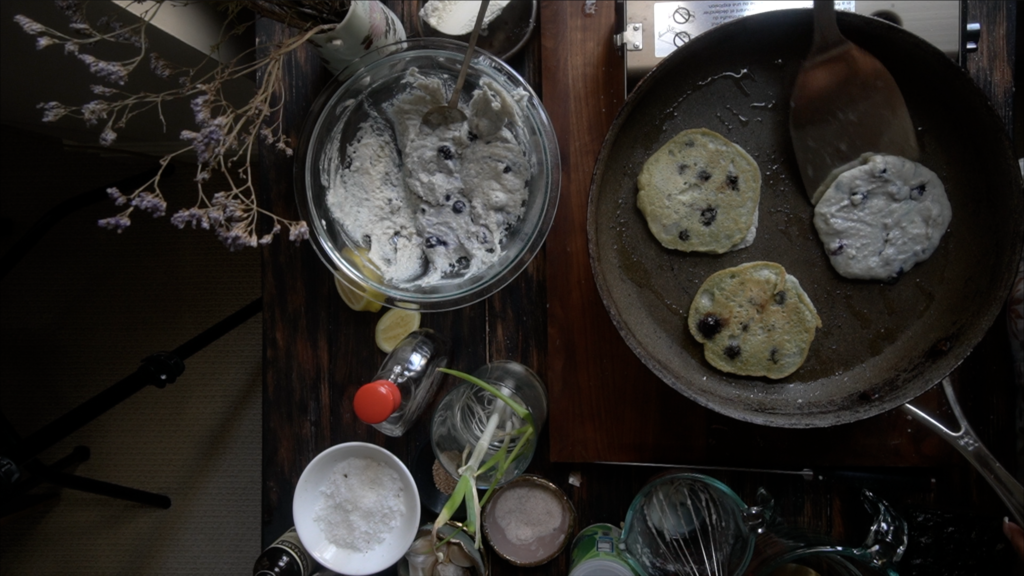
Gluten Free Flour Mix.
Within short order of my husband going gluten free, I came up with my “go-to” gluten free flour mix. I’ve used it for pancakes, muffins, and cakes, and it stands up really well. Not only that, it doesn’t have a funky aftertaste or smell. It’s pretty simple:
- 1 part blanched almond flour
- 1 part sweet white rice flour
- 1/2 part potato starch OR corn starch
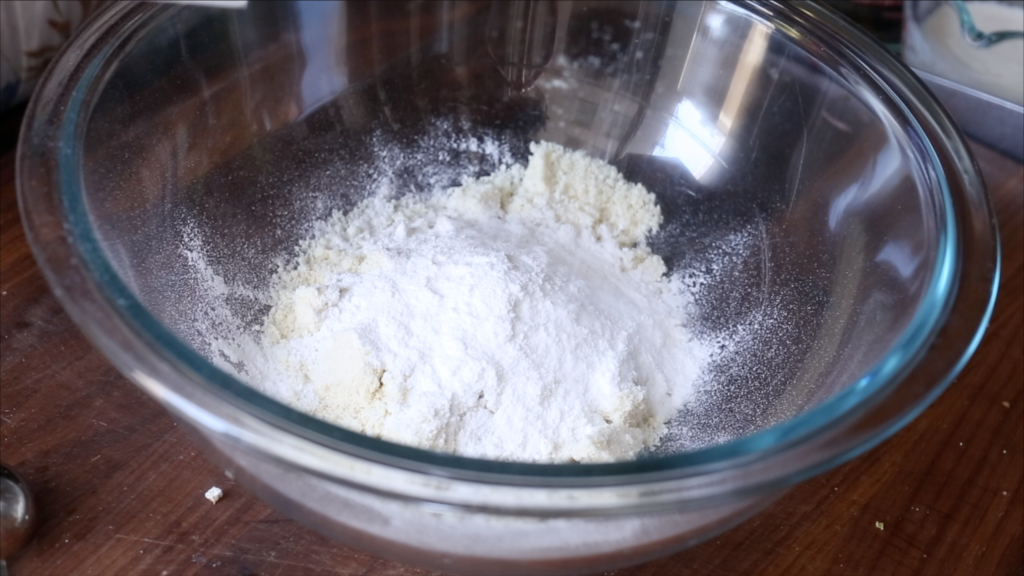
Blanched Almond Flour.
Yes, it needs to be blanched. Otherwise, it will be too course to really work as a flour. The finer the flour, the better. The bulkier the flour, the harder it will be to get it to bind, and thus allow the batter to rise. The almond flour also provides a great deal of moisture, which you’re going to need in order to counteract the drying effect of the sweet white rice flour.
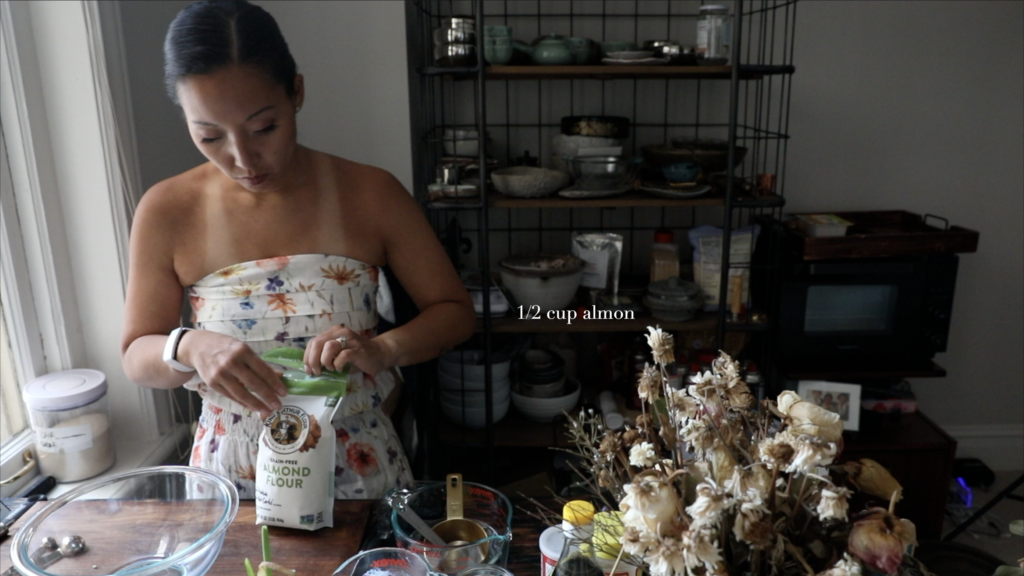
Sweet White Rice Flour.
No, you cannot use rice flour or brown rice flour. You need to use sweet white (or sometimes referred to as “glutinous white”) rice flour. Why? Because it will otherwise lack the “glutinous” effect. While this flour doesn’t have gluten in it, when exposed to heat and pressure, it starts to act like it does.
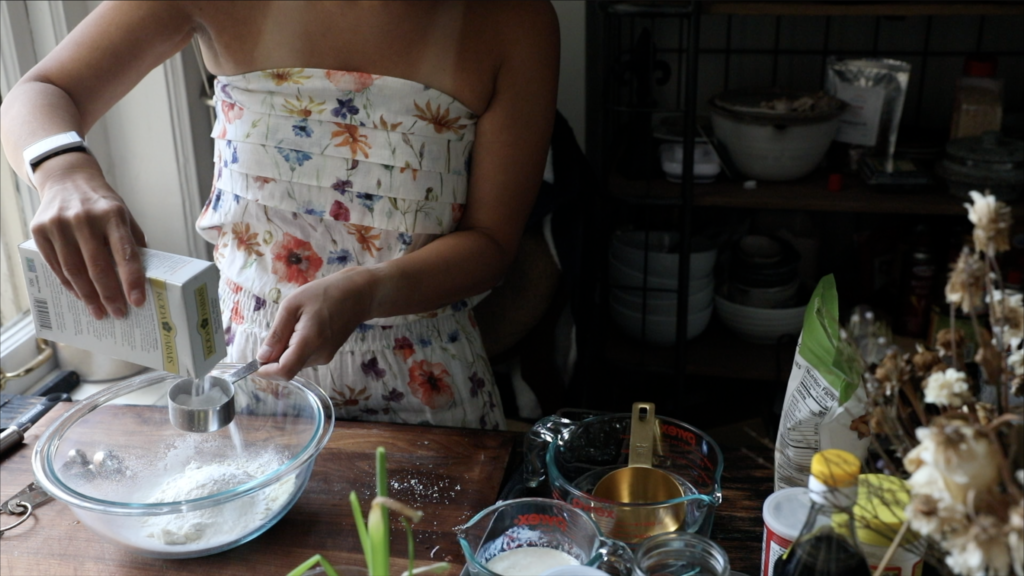
Potato Starch or Corn Starch.
Potato starch or corn starch is like the glue that holds this all together. When mixed with water, it turns into a paste that gets extremely sticky when hot. It help to bind everything together, kind of like an egg.
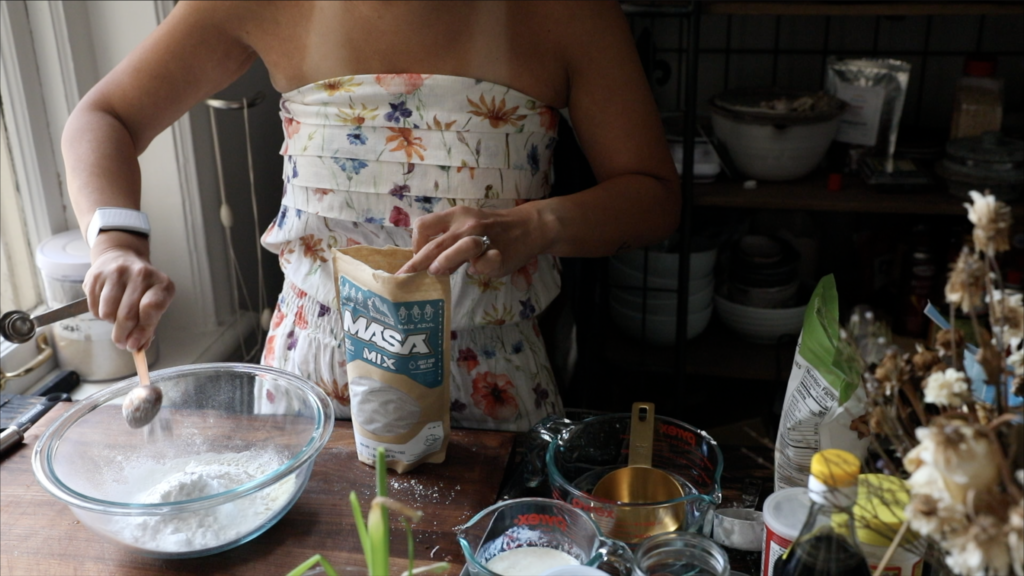
Blueberries – Frozen or Fresh?
My rule of thumb for blueberries is use fresh when they’re in season and use frozen every other time of the year. Another handy rule is “use whatever’s easier to get your hands on!”
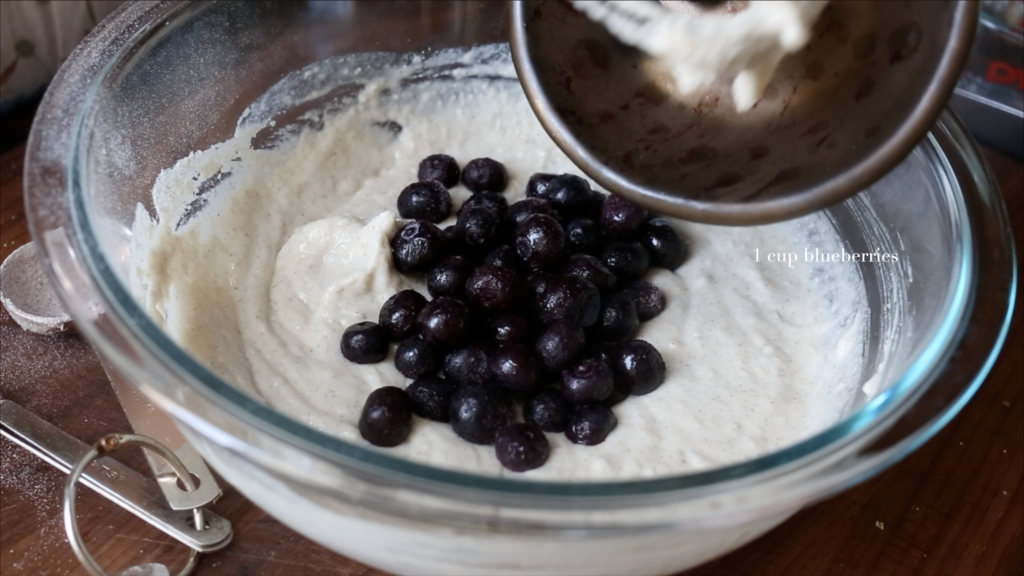
Frying the Cakes
Now, the batter will be thick. Like, you’ll think it’s way too thick. But trust me on this–this is how you get the fluffy flapjacks that live up to their namesake: pan-cakes. Using a large spoon, add some to your non-stick pan (don’t even think about using a regular old pan) over medium heat and spread it out until it’s about the size of your palm. Let it cook for about 2 minutes and you’ll notice that it does, indeed, rise! Flip it and cook for another 2 minutes, to ensure the insides are fully cooked.
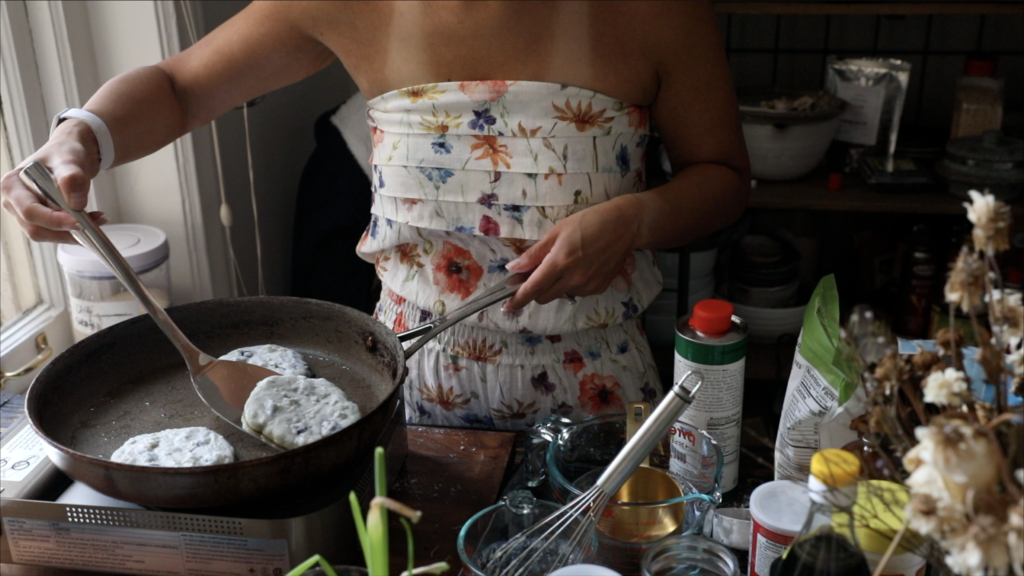
Recipe Card.
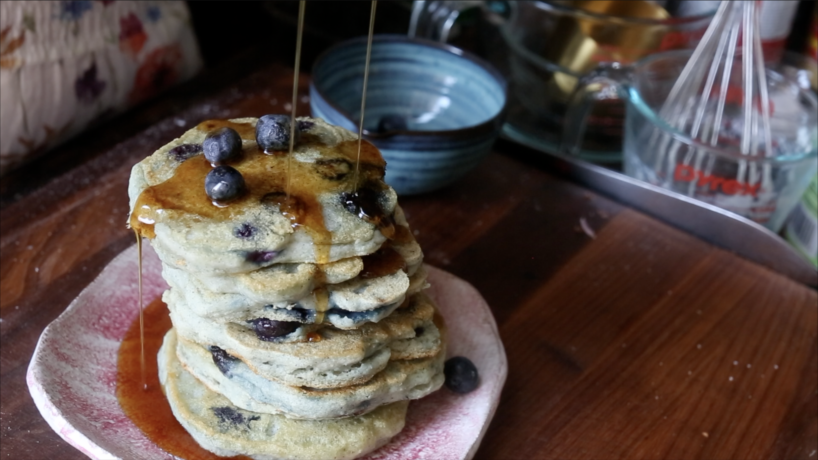
Gluten Free Blueberry Blue Pancakes.
Equipment
Ingredients
- 1/2 cup almond flour
- 1/2 cup sweet white rice flour you can sub in oat flour, but it won't taste as good
- 1/4 cup potato starch or corn starch
- 2 tbsp sugar
- 1 1/2 tsp baking powder
- 1 pinch salt
- 1 cup plant milk
- 1 cup blueberries
- oil for frying
Instructions
- In a large bowl, mix together the almond flour, sweet white rice flour, potato or corn starch, sugar, baking powder, and salt.
- Stir in the plant milk–the batter will be quite thick. Add your blueberries and stir gently, so they don't break.
- Add oil to a non-stick pan over medium heat and spoon the batter onto the pan (about the size of your palm). Cook on both sides for about 2 minutes. They will be slightly crispy on the outside and soft and tender on the inside.
- Serve with maple syrup and fresh berries.

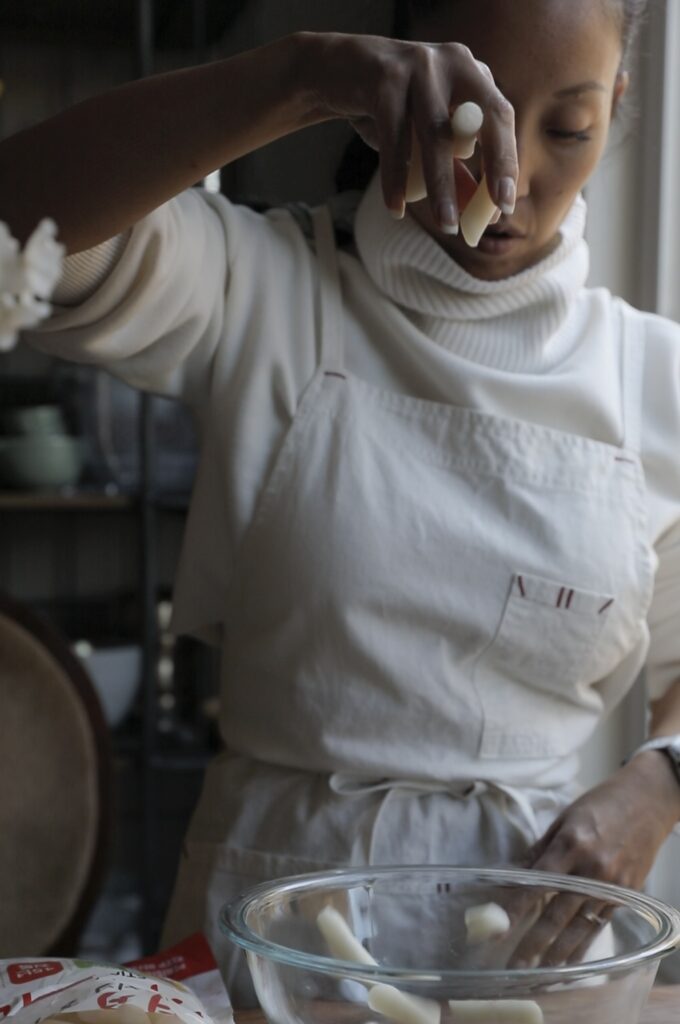

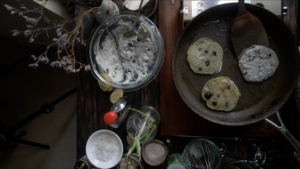


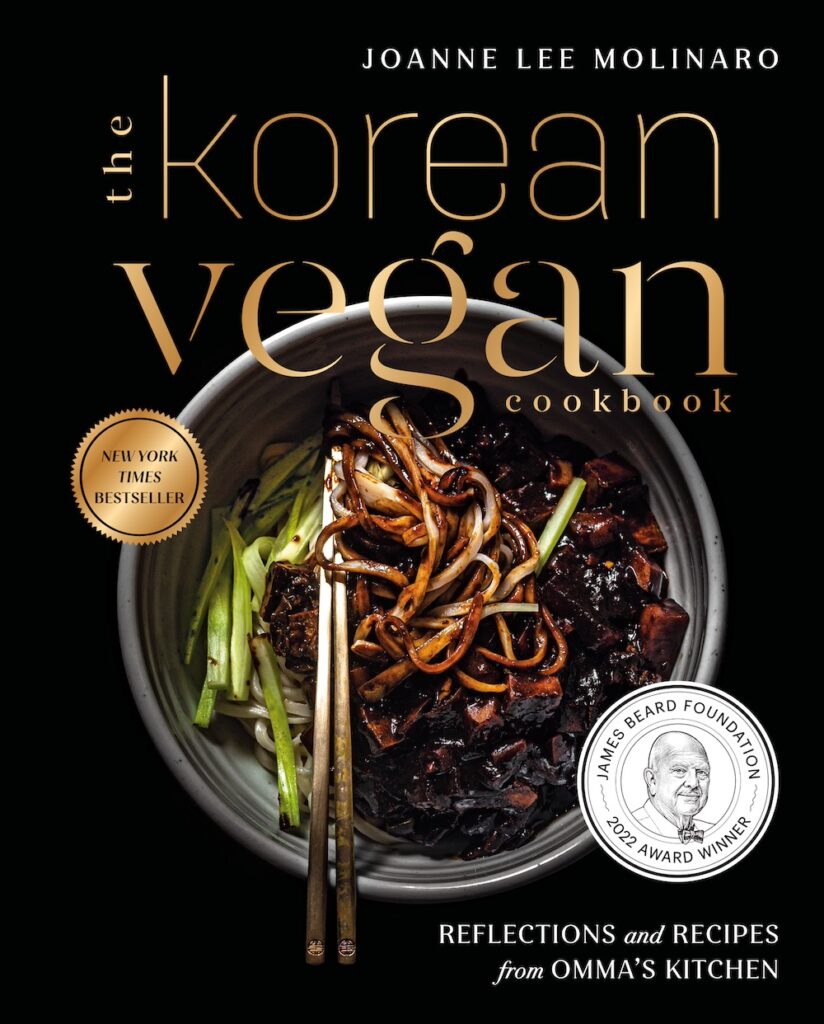
This recipe looks fabulous–I’ll try it this weekend, as I still have frozen wild Maine blueberries from last year’s crop. What I’d like to know, if you don’t mind sharing, is how your husband determined that he actually wasn’t gluten intolerant. I stopped eating gluten almost seven years ago after going on a strict elimination diet and feeling much more like a normal human as a result. But a few months back I sent a hair sample to a site called 5strands.com that claims to identify food allergies and intolerances via one’s DNA–and their report stated that I am not likely to be gluten intolerant (I’ve been reluctant to challenge my system, since I understand that the effects of gluten can linger in the body for some time). Did your husband simply find that adding gluten back to his diet posed no problems, or did he find out in some other way? Thanks for both your intriguing recipes and any insight you may be able to offer into gluten intolerance.
After trying many vegan, gluten free pancake recipes, I was really excited to try your (very easy and straightforward) recipe. Sadly, I had the same outcome-burned on the outside, raw on the inside. I eventually just baked the remaining batter in the oven so as not to waste the expensive ingredients.
What would be a good substitute for the almond flour? Would it work with oat flour or buckwheat flour?
Ground raw sunflower seeds. Oats would be too dense, buckwheat too 🙁